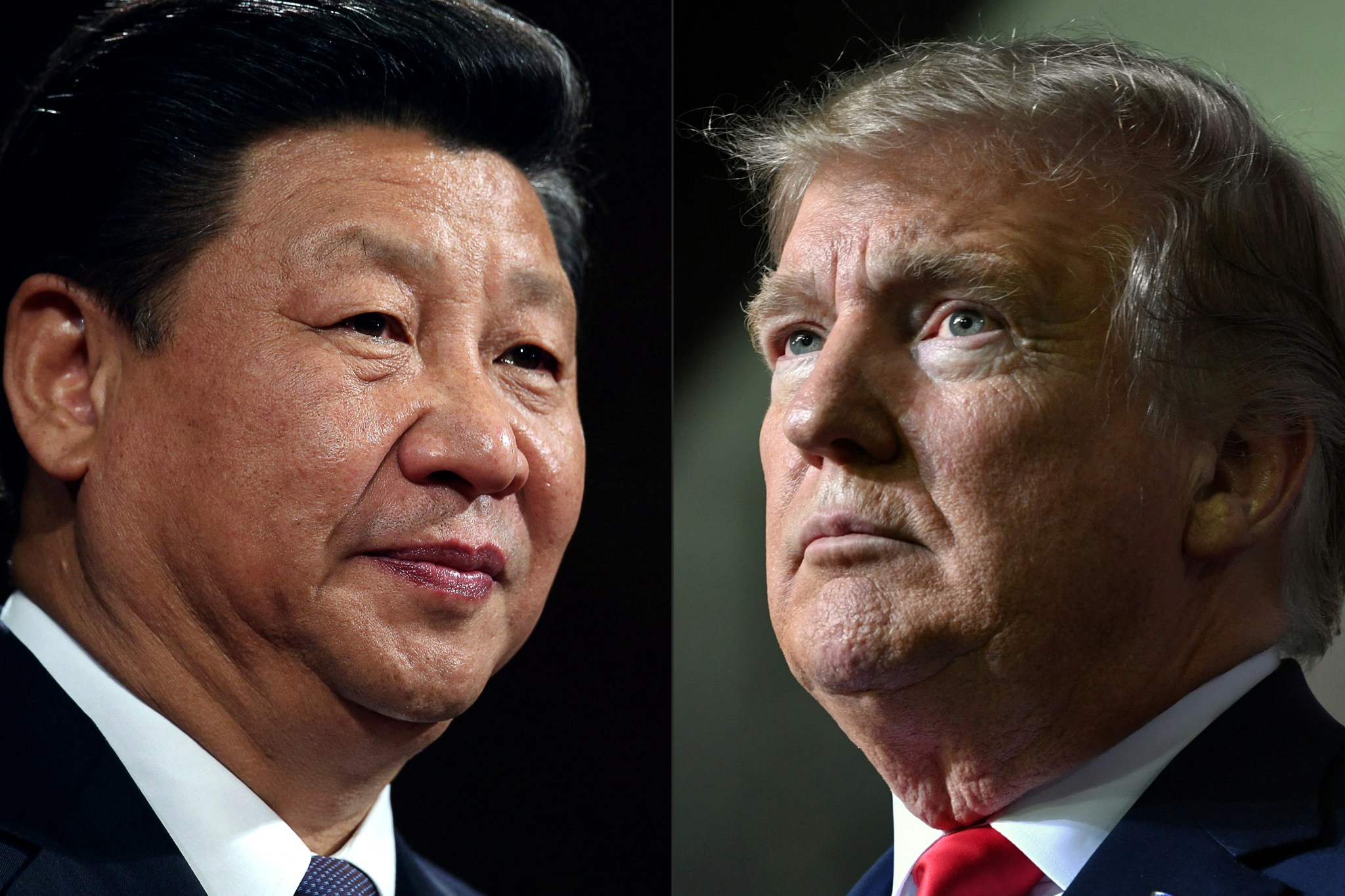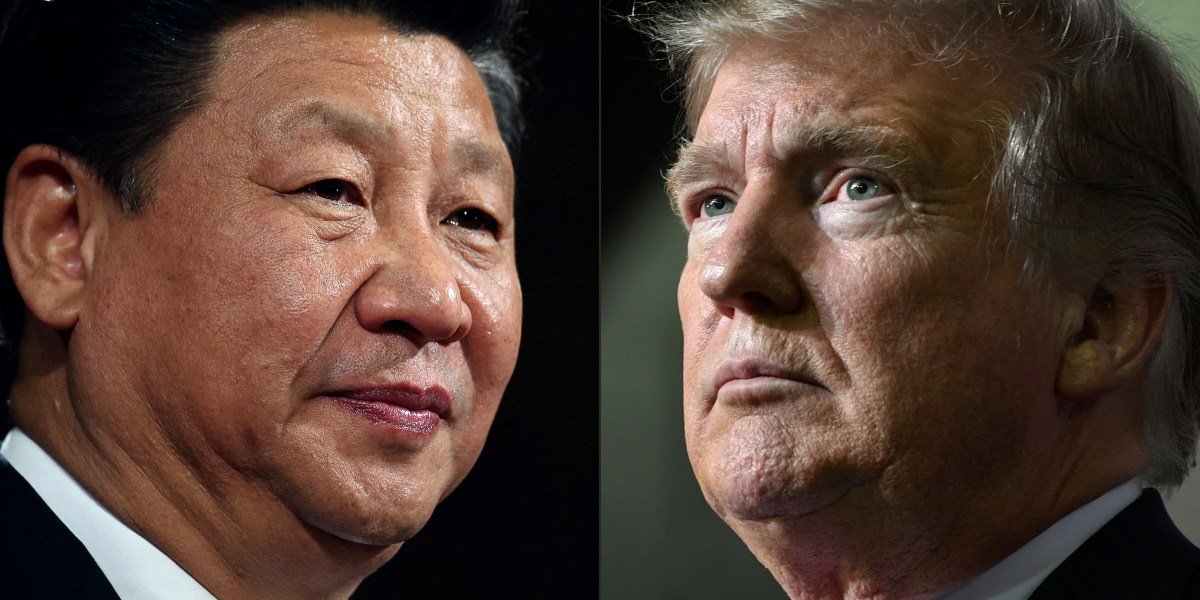
This weekend President Trump laid down the law on what he wants from China in order to ease restrictions in the tit-for-tat tariff war which has been ramping up since he returned to the Oval Office. But for all the president’s demands, his leverage over Beijing is showing cracks as the Chinese economy continues to go from strength to strength.
Next month the pause on reciprocal tariffs between China and the U.S. will run out, with Washington threatening a 100% hike on Chinese exports into the U.S. Yesterday afternoon Trump laid out what he wanted from Chinese officials in order to avert that outcome, telling reporters on Air Force One: “I want to help China, I’m not going to hurt China, but they have to give us things. I want them to buy soybeans, one of the things I want is China’s going to buy soybeans.”
“I want China to stop with the fentanyl, very normal things. I don’t want them to play the rare earth game with us.”
The president also framed his demands within a context of Chinese businesses paying high prices to continue shipping to U.S. consumers. He explained: “I have a very good relationship with President Xi of China, we’re having disputes on things. They’re paying us a lot of money—tremendous amounts of money in tariffs—and they’d probably like it to be less and we’ll work on that, but they have to give us some things.”
He continued: “They’re paying an unbelievable amount of money to the United States, they probably can’t pay that much, and I’m OK with that, we can lower that, but they have to do things for us too, it’s no longer a one-way street.”
President Trump’s tariff plan is indeed generating billions for the U.S. government, with many analysts putting the figure at about $350 billion per year. On the other hand, while economists are largely in agreement the economic sanctions will generate meaningful sums, they are divided on whether foreign businesses will eat the costs or whether the hikes will simply be passed on to U.S. consumers. Data suggests the majority of businesses are planning to pass their costs on.
So while the president can make his priorities for negotiations clear, there is no guarantee that China will listen. Indeed, Beijing officials have been firm in their narrative with the White House so far, a spokesman for the Ministry of Commerce said only last week: “Frequently threatening high tariffs is not the right approach to engaging with China. China’s position on a tariff war is consistent: We do not want one, but we are not afraid of one.” All the while, China maintains a stranglehold on the rare earth minerals that the U.S. doesn’t have.
Data is strong for China
Beijing’s stance is made all the stronger by data piling up in its favor. Instead of growth being hampered by tariffs, China reported this morning its economy is expanding faster than many expected.
The National Bureau of Statistics for China wrote this morning that its gross domestic product (GDP) in the first three quarters was up by 5.2% year on year at constant prices. Growth in Q3 was 4.8%, and although that represented a slowdown it was still greater than expectations. Breaking that down further, its primary industries were up 3.8% year on year, the secondary industry was up by 4.9% and its tertiary industry was up by 5.4%. The CSI 300 was up 0.53% on the news.
“The national economy demonstrated strong resilience and vitality,” the report added.
The U.S., by contrast, reported a contraction in the first quarter of the year but growth of 3.8% in the second quarter, according to the latest estimates. That being said, while measuring GDP is a useful barometer for the health of each economy, the might of America’s economy is evident. Looking at GDP per capita, the amount each person effectively generates, in China, this stood at a little over $13,000 in 2024, while in the U.S., it was nearly $86,000.
President Trump previously claimed China is facing “tremendous difficulties” because of his tariffs. Yet it seems Beijing has simply circumnavigated the U.S. by focusing on increasing its exports to the rest of the world: The diversification has been so successful that China’s export market is actually tracking significant growth despite the trade war.
According to data released by the General Administration of Customs last week, China’s shipments to the U.S. fell 27% in September, the sixth month of double-digit declines to its once most valuable customer. Meanwhile it charted strong growth to areas like the European Union (currently operating under a 15% tariff rate from the White House), leading to export growth to non-U.S. countries of 14.8%. The shift away from the U.S. means exports are actually up 8.3% in September compared with a year ago, raking in $328.6 billion—its highest total for 2025 so far.



